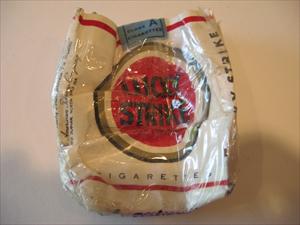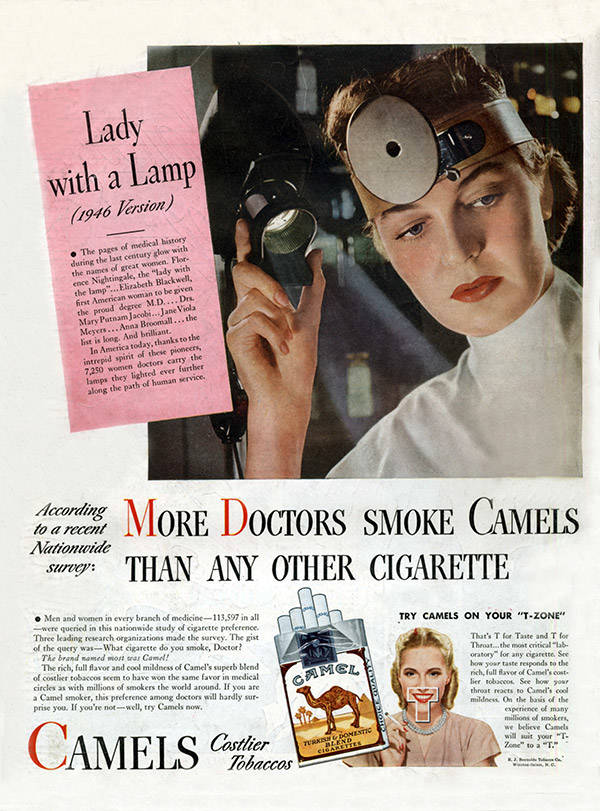

Not only does point of sale recruit new, youthful customers, but it also helps to normalise tobacco use among Latin American society, ensuring the continued survival of the tobacco trade. The industry benefits of advertising in this way are two-fold. Speaking of these tobacco “powerwalls” to The Lancet Respiratory Medicine, Gustavo Sóñora, Director of Tobacco Control in Latin America for the International Union Against Tuberculosis and Lung Disease (Paris, France), describes how “the industry deliberately invests millions of dollars in exhibiting its products in these spaces”. Lucky Strike cigarettes-a staple brand for British American Tobacco-were even found beside merchandise for Peppa Pig-a children's cartoon icon.

Sidestepping the law is easy, the inquiry revealed, locating cigarette adverts inside shops and bodegas less than 100 m away from the school gates. In Peru, marketing tobacco products within 500 m of a school is illegal, but only when the adverts are displayed outside.

In a similar vein, a joint investigation by The Bureau of Investigative Journalism and OjoPúblico has uncovered the flagrant exploitation of Peruvian tobacco laws by two of the world's biggest tobacco companies. The tobacco companies use underhand tactics specifically targeted at addicting young people-displaying tobacco near sugary products or at children's eye level or adding flavours to bolster palatability. A recent study has reported hundreds of incidences of point-of-sale tobacco advertising within a 250 m radius of schools in Latin American cities, including Lima (Peru), Buenos Aires (Argentina), and Bogotá (Colombia). The Lancet Regional Health – Western Pacificīans on the advertising of cigarettes close to cash registers-at the point of sale-have been unevenly adopted across Latin America, despite recommendations outlined in the WHO framework.The Lancet Regional Health – Southeast Asia.The Lancet Gastroenterology & Hepatology.


 0 kommentar(er)
0 kommentar(er)
